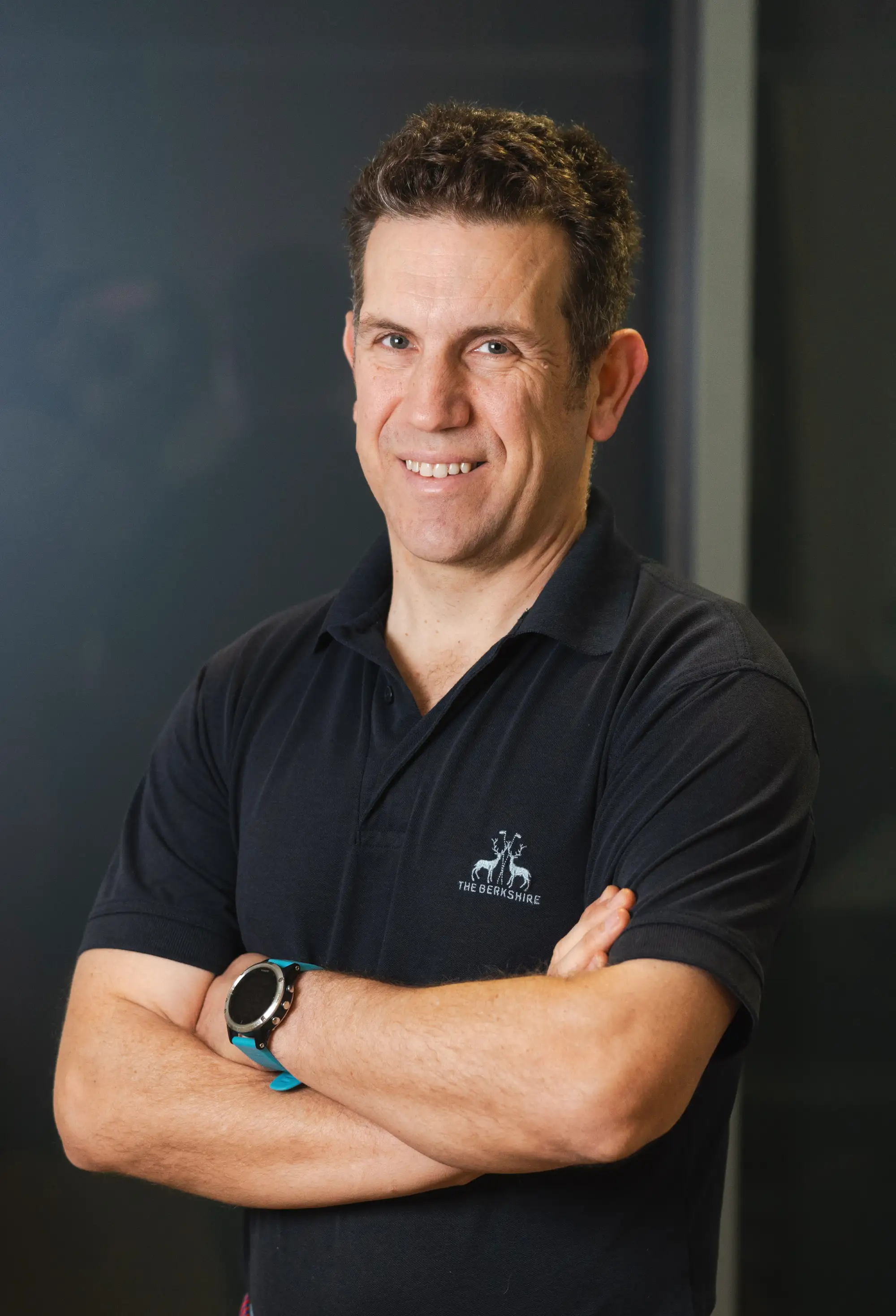Knee Replacement
A partial or total knee replacement are operations that involve replacing the joint surface of the damaged knee with a specialised metal and plastic implant.



welcome to nev the knee
Nev Davies is a highly respected Trauma & Orthopaedic (T&O) Consultant based in Reading, Berkshire. His special interests include paediatric orthopaedics (all bone and joint problems, including injuries in children) and adult knee surgery. His friendly and helpful manner is the foundation of his bespoke practice.
A partial or total knee replacement are operations that involve replacing the joint surface of the damaged knee with a specialised metal and plastic implant.
A partial or total knee replacement are operations that involve replacing the joint surface of the damaged knee with a specialised metal and plastic implant.
A partial or total knee replacement are operations that involve replacing the joint surface of the damaged knee with a specialised metal and plastic implant.
Nev Davies is one of the only UK surgeons who has expertise in treating knee problems in patients of all ages through from newborns to the elderly.
Nev Davies is one of the only UK surgeons who has expertise in treating knee problems in patients of all ages through from newborns to the elderly.
Nev Davies is one of the only UK surgeons who has expertise in treating knee problems in patients of all ages through from newborns to the elderly.
A knee arthroscopy is a common and useful operation using a 'keyhole technique' to look inside the knee joint with a specialised camera.
A knee arthroscopy is a common and useful operation using a 'keyhole technique' to look inside the knee joint with a specialised camera.
A knee arthroscopy is a common and useful operation using a 'keyhole technique' to look inside the knee joint with a specialised camera.
The ACL is one of the main structural ligaments, that controls the stability of the knee, particularly in pivoting and side-stepping movements.
The ACL is one of the main structural ligaments, that controls the stability of the knee, particularly in pivoting and side-stepping movements.
The ACL is one of the main structural ligaments, that controls the stability of the knee, particularly in pivoting and side-stepping movements.
Nev Davies is a highly respected Trauma & Orthopaedic Consultant based in Reading, Berkshire, specialising in knee injuries.
Nev Davies is a highly respected Trauma & Orthopaedic Consultant based in Reading, Berkshire, specialising in knee injuries.
Nev Davies is a highly respected Trauma & Orthopaedic Consultant based in Reading, Berkshire, specialising in knee injuries.
Nev specialises in children's orthopaedics and studied for 6 years incorporating a children's fellowship at Westmead Kids in Sydney, Australia.
Nev specialises in children's orthopaedics and studied for 6 years incorporating a children's fellowship at Westmead Kids in Sydney, Australia.
Nev specialises in children's orthopaedics and studied for 6 years incorporating a children's fellowship at Westmead Kids in Sydney, Australia.
Nev treats a wide range of orthopedic conditions for both children and adults. Select an option below to access detailed information about each condition, including essential pre-operative and post-operative guidance.

03 JULY 2024
18 DEC 2023
03 JULY 2024
18 DEC 2023
03 JULY 2024
18 DEC 2023
03 JULY 2024
18 DEC 2023

03 JULY 2024
18 DEC 2023
03 JULY 2024
18 DEC 2023
03 JULY 2024
18 DEC 2023
03 JULY 2024
18 DEC 2023
Please use the form below to get in touch with us, or feel free to call the number provided. We will respond to your enquiry as quickly as possible during our regular working hours.
Stay up-to-date with valuable insights into what Nev is up to as well as information about various conditions he treats.